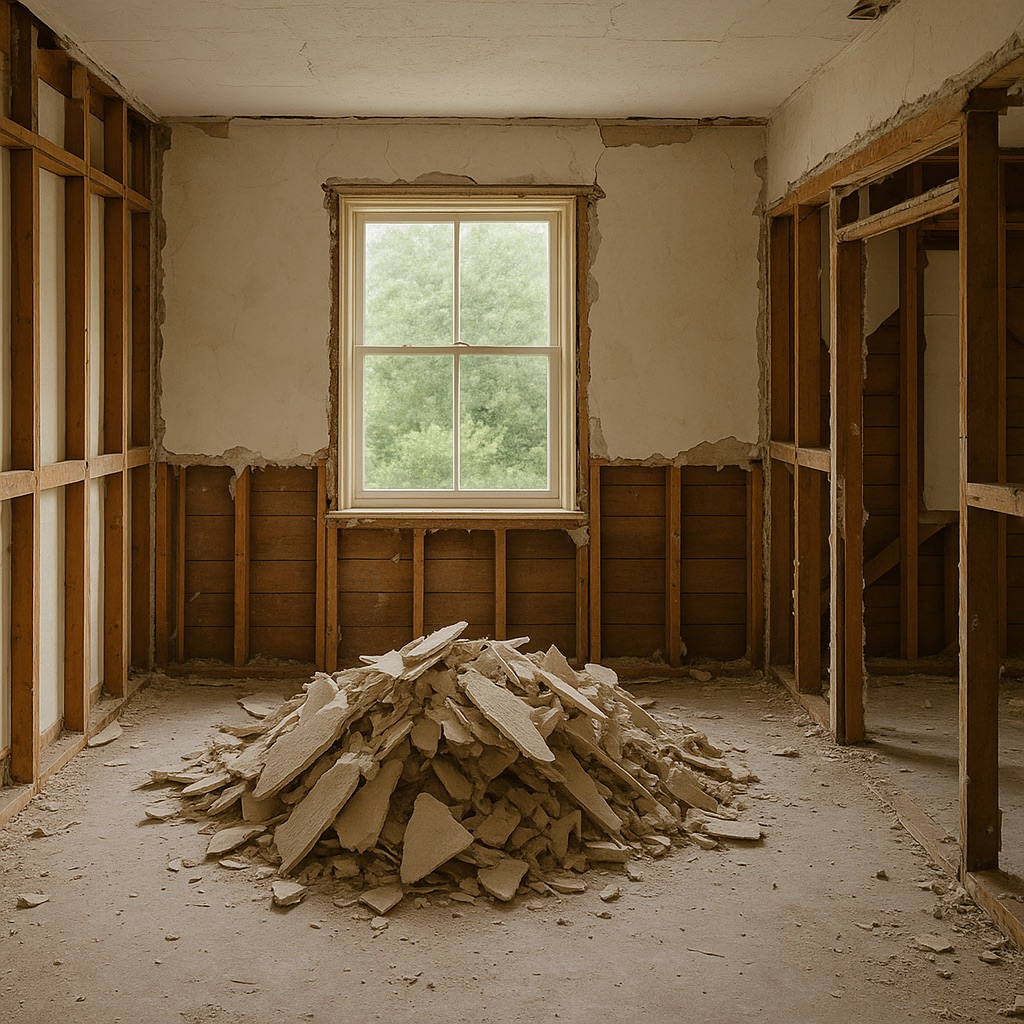Last updated on
Preparing for a home remodel in New Jersey involves more than just picking out new paint colors or flooring. Interior demolition services are important in getting the space ready for transformation. These services involve the removal of non-load-bearing walls, fixtures, and other interior elements to open up the area for the upcoming renovation.
Working with skilled demolition contractors guarantees the job is done safely and efficiently, reducing the risk of damaging the home’s structure. This is especially important in a state like New Jersey, where homes often have unique architectural elements that must be handled carefully during remodeling projects.
In addition to interior demolition, managing waste and debris during a remodel is necessary. Utilizing NJ dumpster rental services by Bold Disposal or other local brands can offer a convenient way to handle this task, providing the necessary resources to keep your project on track and your property clean. Proper planning and execution of demolition and waste management pave the way for a successful home remodel.
Table of Contents
Understanding Interior Demolition

Interior demolition plays a key role in preparing spaces for renovation. It involves removing specific parts of a building’s interior while leaving the main structure intact. Understanding its various aspects is important for anyone considering a remodeling project.
Comparing Deconstruction and Demolition
In interior projects, both deconstruction and demolition come into play. Demolition focuses on taking down walls, floors, and ceilings rapidly. It’s a more straightforward approach aiming for speed. Deconstruction, on the other hand, carefully removes materials to preserve them for reuse, which supports sustainability efforts.
While demolition is faster, deconstruction may appeal to those looking to salvage materials. Each method has distinct advantages depending on the goals and timelines of the project.
Types of Interior Demolition Services
Various services can be part of interior demolition work. Common tasks include wall removal, which reshapes spaces, and floor stripping, often necessary for installing new flooring. Ceiling removal is sometimes required to update lighting or HVAC systems.
Services vary by project needs. A comprehensive assessment aids in choosing the right type, whether it’s full-scale demolition or selective removal, guaranteeing that specific renovation goals are met effectively.
Evaluating Structural Considerations
Before starting interior demolition, it’s important to evaluate the structural aspects of a building. Load-bearing walls, pillars, and beams must be assessed to guarantee they remain intact during the process. Failure to do so can lead to structural instability or damage.
Consulting a structural engineer offers guidance on what can safely be removed and what must stay. This assessment is required to maintain the building’s integrity while meeting renovation goals.
Execution of Interior Demolition in NJ
In New Jersey, executing interior demolition demands careful planning and adherence to various regulations. The focus is on compliance with local laws, safety measures, and responsible handling of materials.
Compliance with NJ Regulations
Interior demolition in New Jersey requires meeting specific legal standards. Contractors must secure permits before starting any project. These permits guarantee that the demolition work complies with local building codes. The process begins with a thorough assessment, identifying elements for removal.
Demolition teams must adhere to guidelines on handling hazardous materials. New Jersey laws dictate the safe removal and disposal of asbestos, lead, and other toxic substances. Following these mandates protects the environment and the public.
Failing to comply with regulations can lead to penalties. Proper documentation is necessary for proving adherence. Contractors keep records of permits and inspections, which serve as evidence of compliance.
Safety Protocols and Risk Management
Safety is a priority during interior demolition. Teams follow strict protocols to minimize accidents. Workers use personal protective equipment (PPE) such as hard hats, goggles, and gloves to prevent injury.
Risk assessments identify potential hazards before beginning demolition. This includes evaluating structural stability and the presence of hazardous materials. These assessments inform the safety plan, which guides the crew throughout the process.
To guarantee a safe work environment, regular safety training is conducted. Workers are educated on emergency procedures such as evacuation plans and first aid. By maintaining a focus on safety, demolition teams can effectively manage risks.
Waste Disposal and Recycling
Responsible waste management is important in interior demolition. Debris is sorted into recyclable and non-recyclable materials. Recycling helps reduce the environmental impact of demolition projects.
Materials like concrete, metal, and wood are often recycled. Specialized companies manage the recycling process, guaranteeing materials are processed correctly. This practice not only benefits the environment but can also lower disposal costs.
Non-recyclable waste must be disposed of according to New Jersey guidelines. This involves contracting licensed disposal firms to manage hazardous waste properly. Demolition services contribute to a sustainable approach by prioritizing recycling and safe disposal.
Conclusion
Interior demolition is a smart first step for any home remodeling project in New Jersey. It creates a clean slate, allowing renovators to safely and efficiently address structural needs without affecting the exterior. This process involves removing elements like walls and flooring.
By hiring skilled professionals, homeowners can effectively tackle potential hazards and prepare the property for modernization. It leads to a safer and more adaptable living environment, setting a solid foundation for upcoming transformations.




